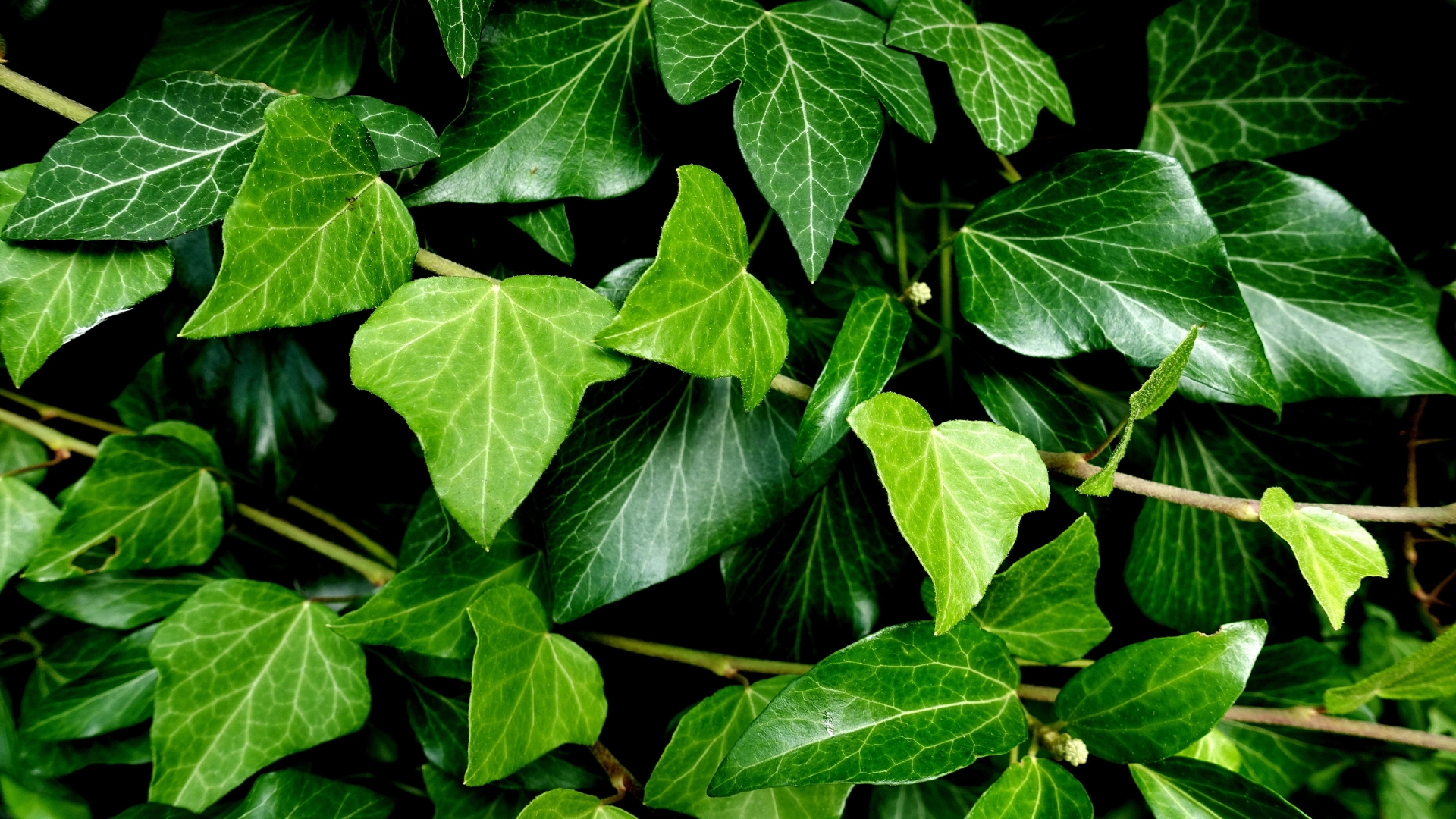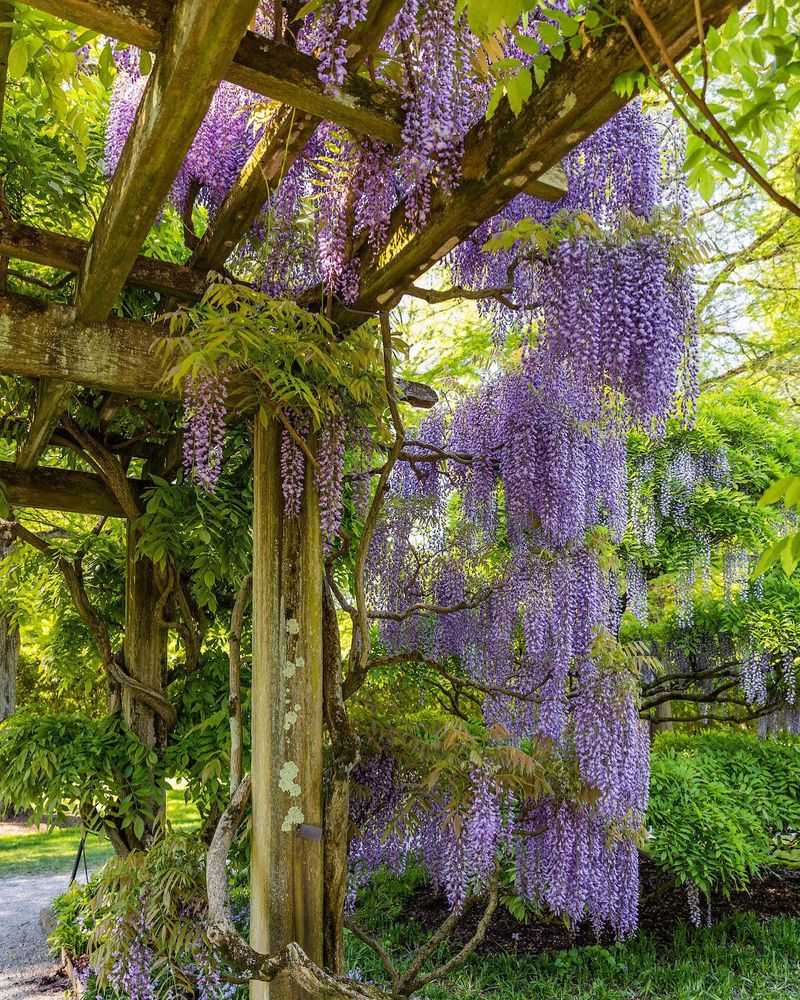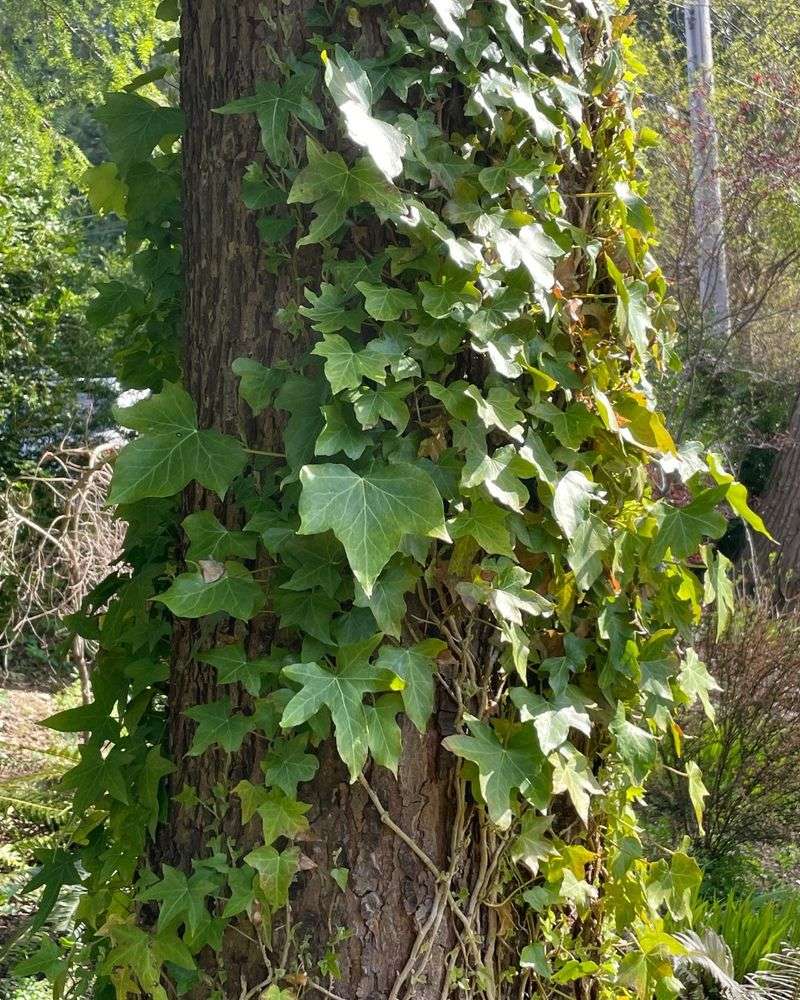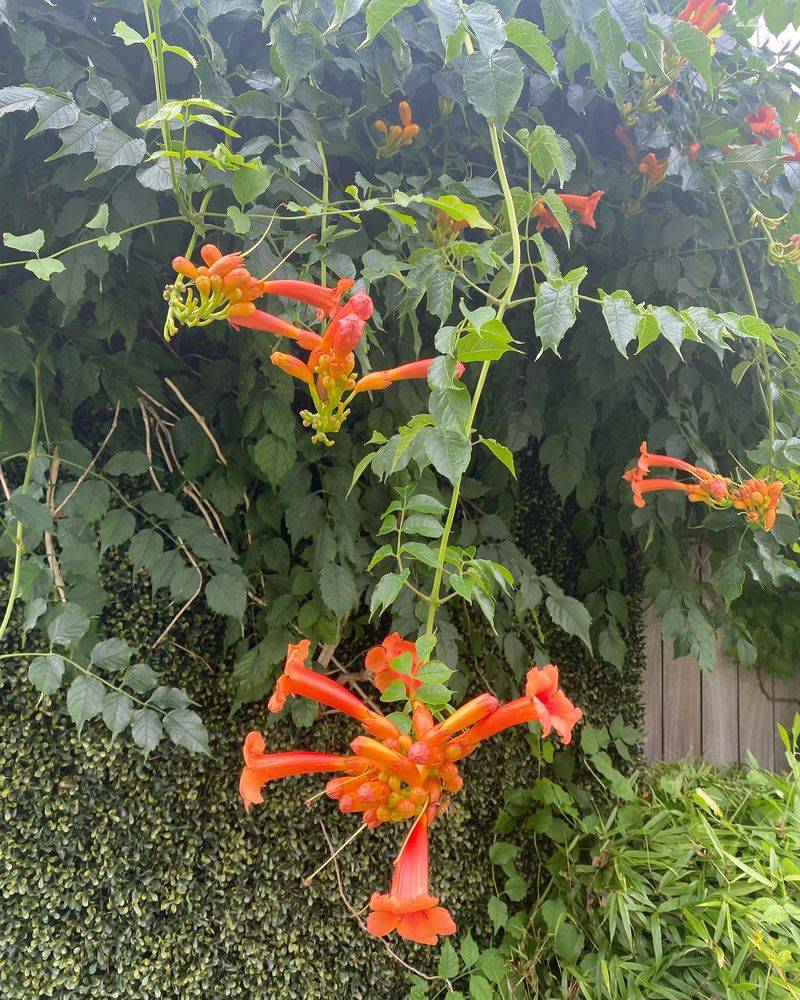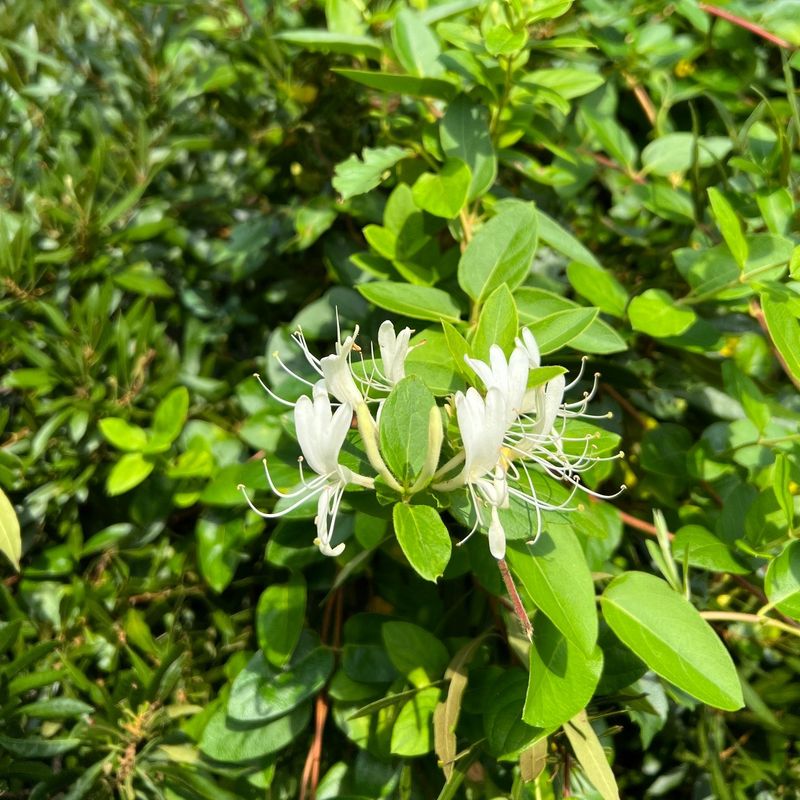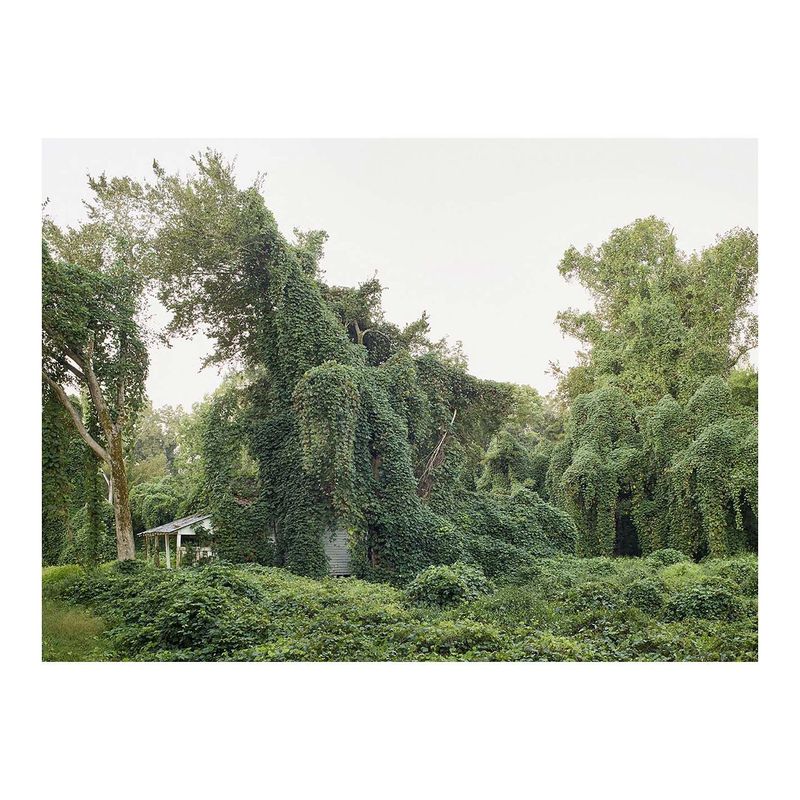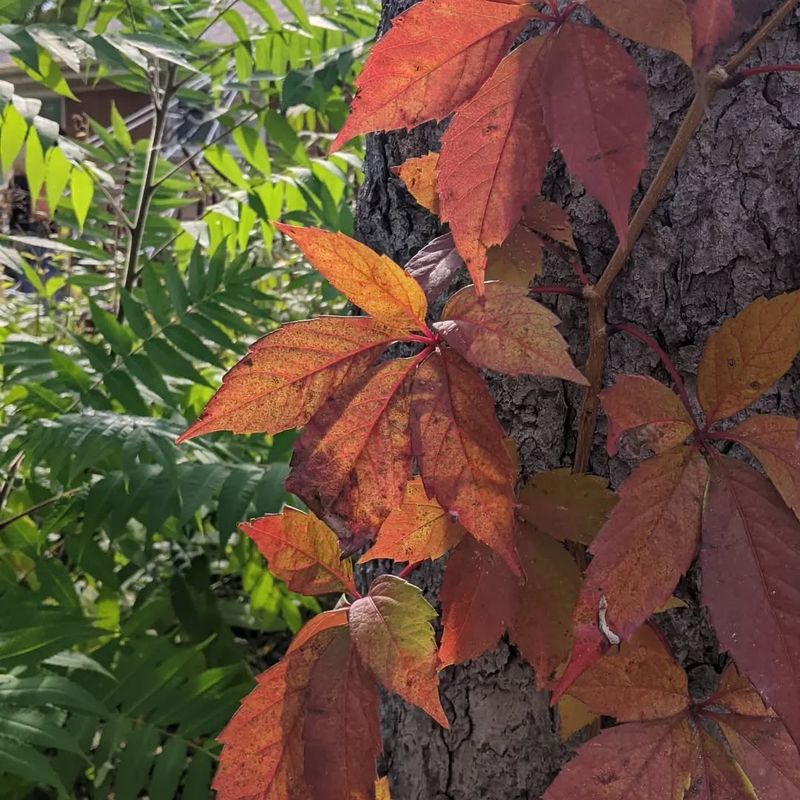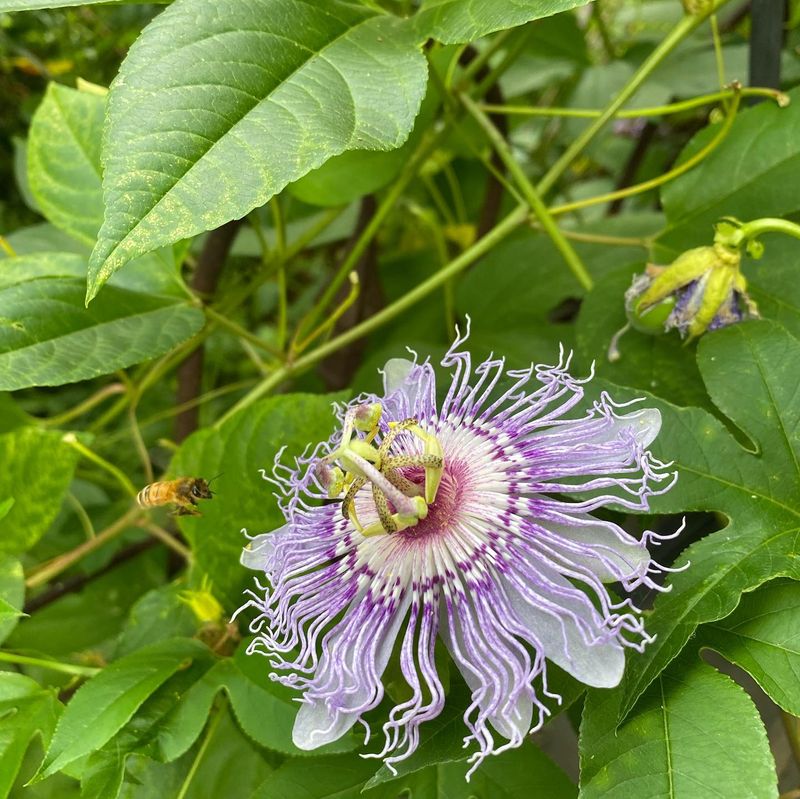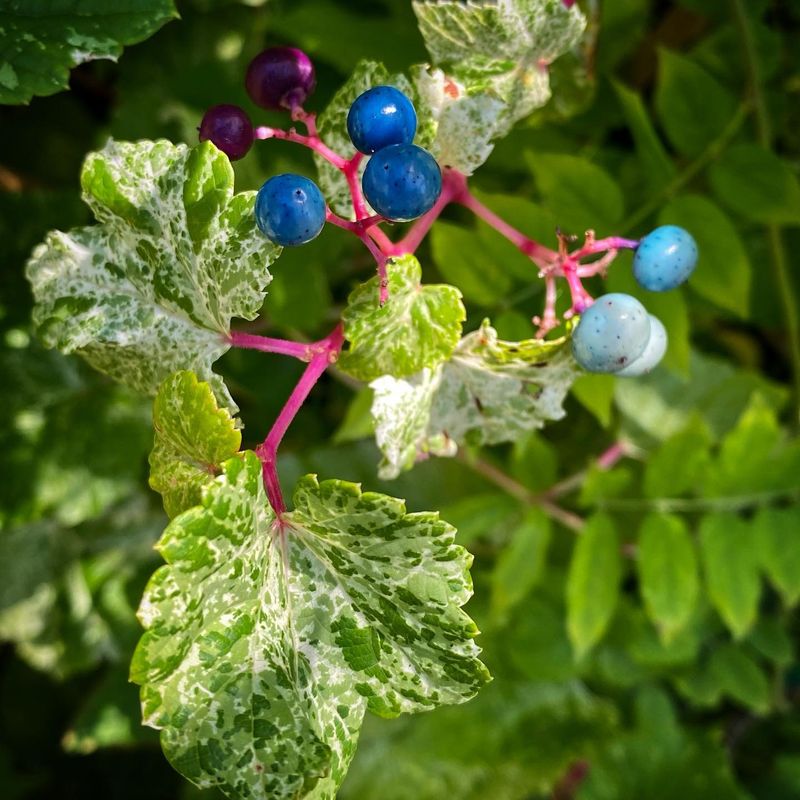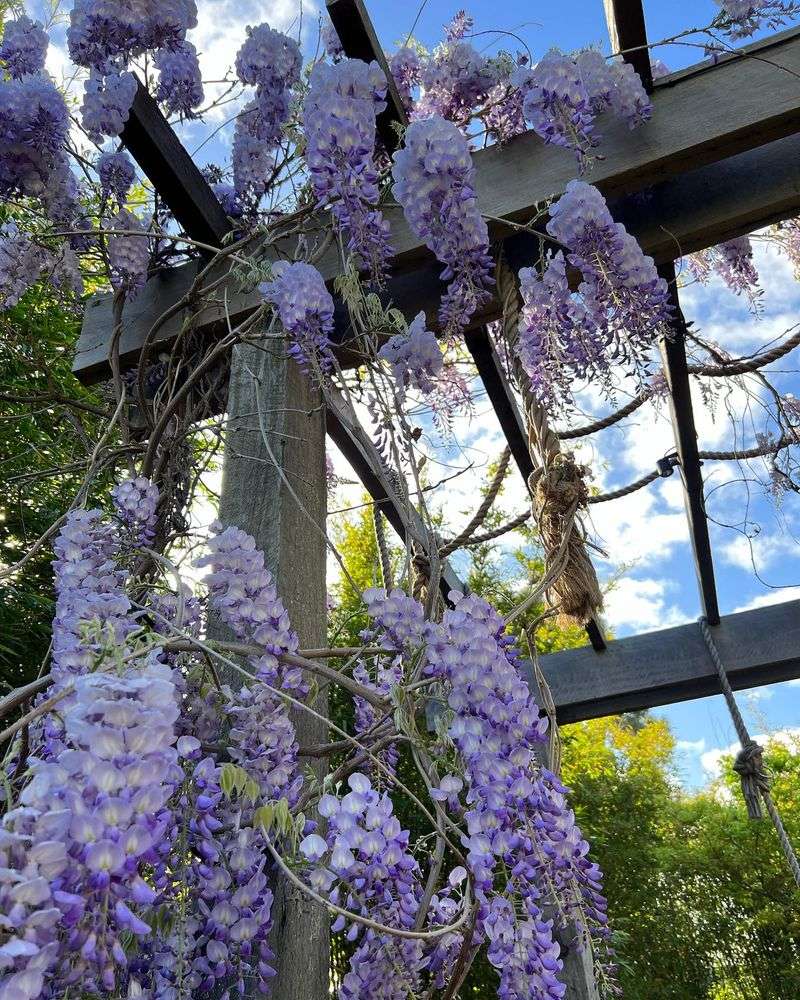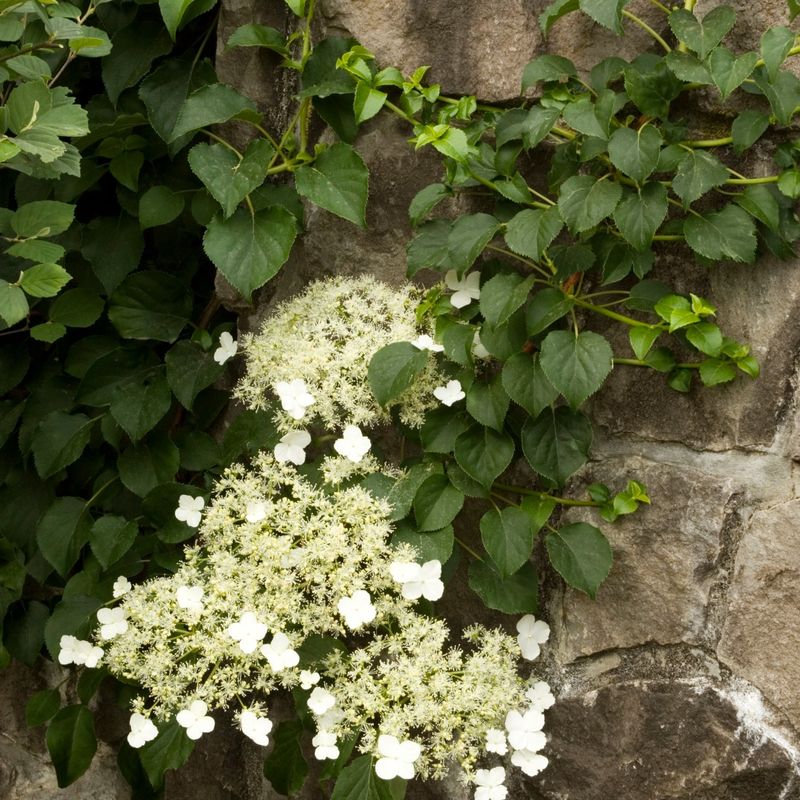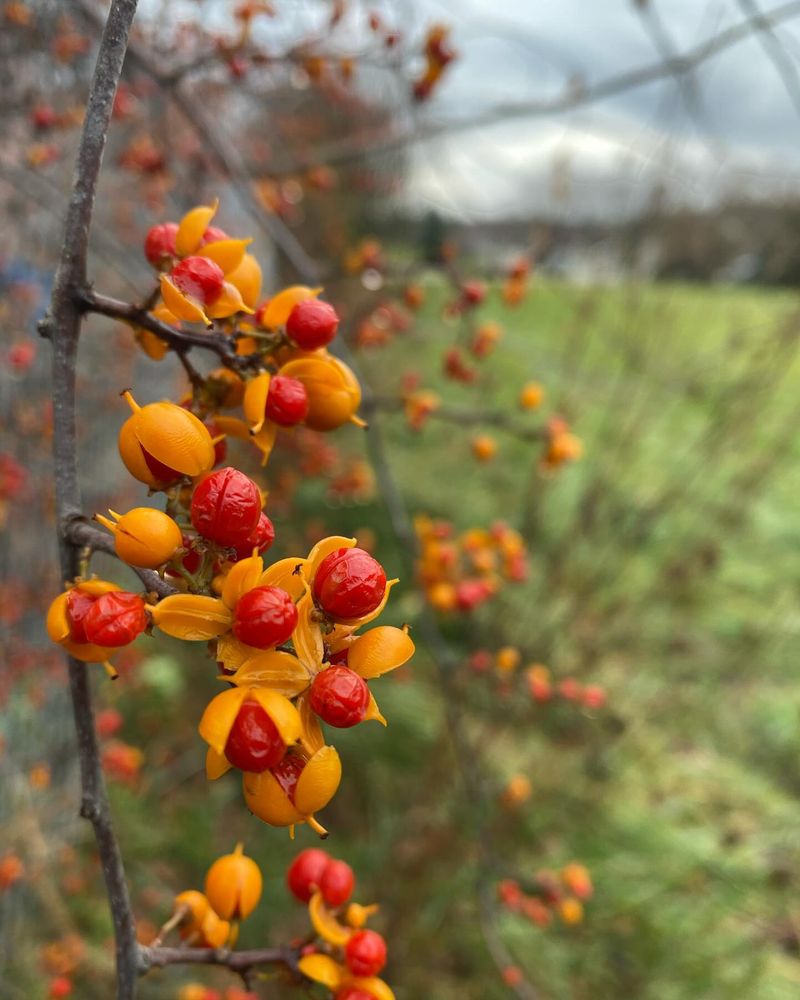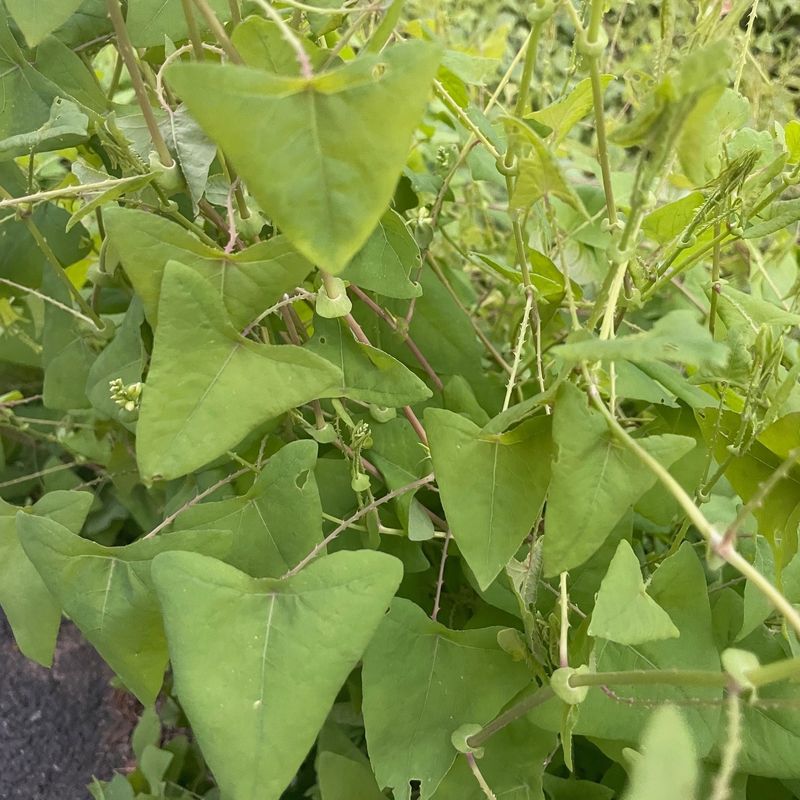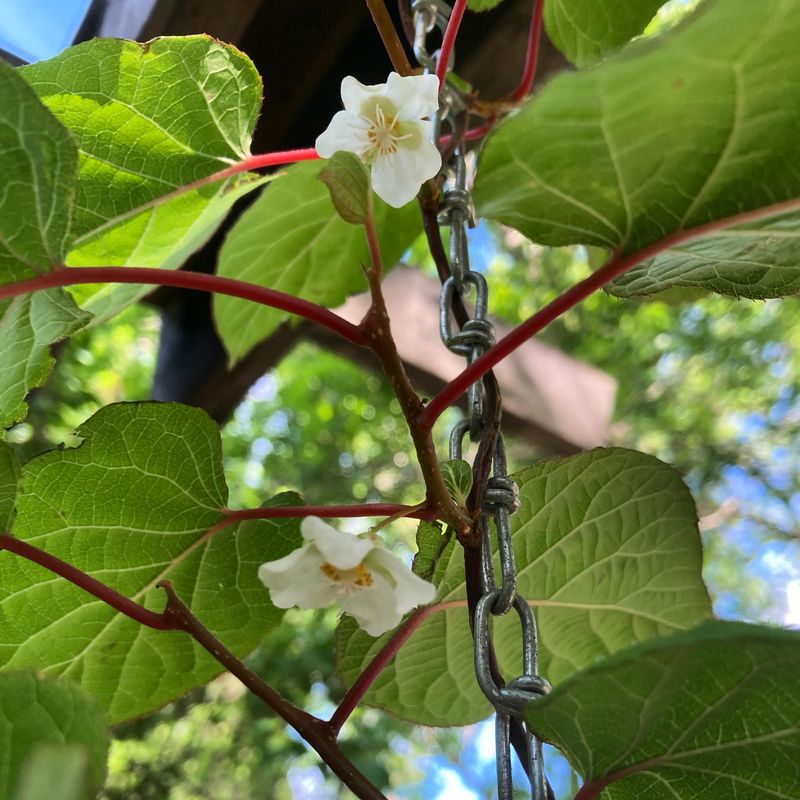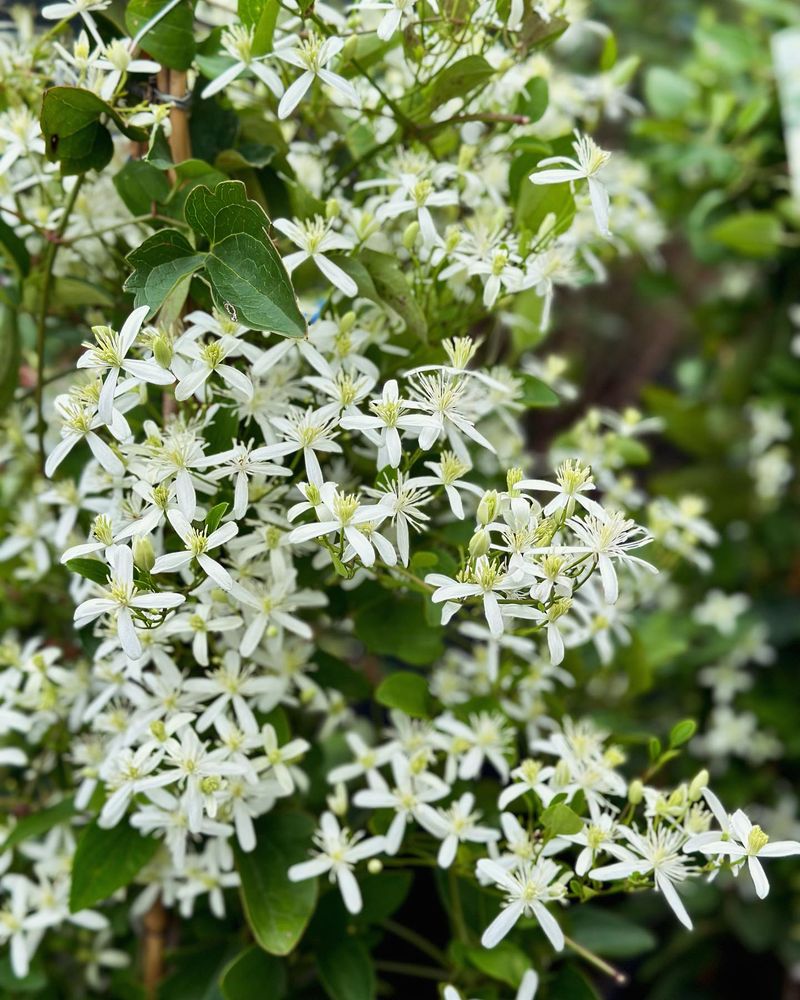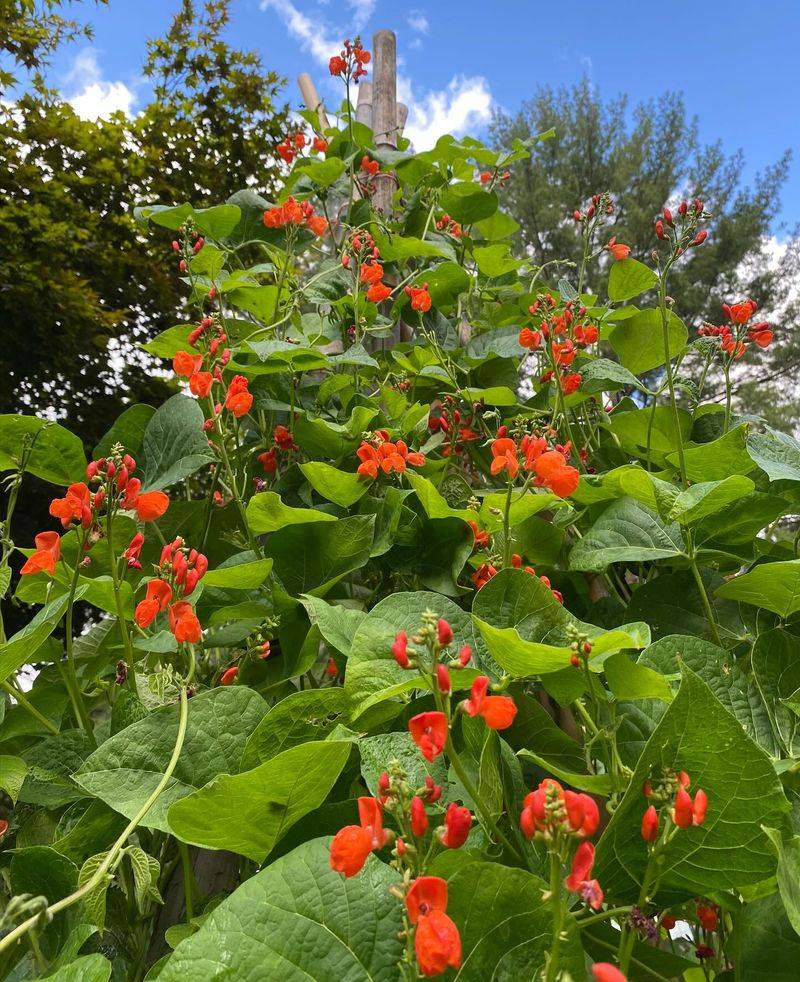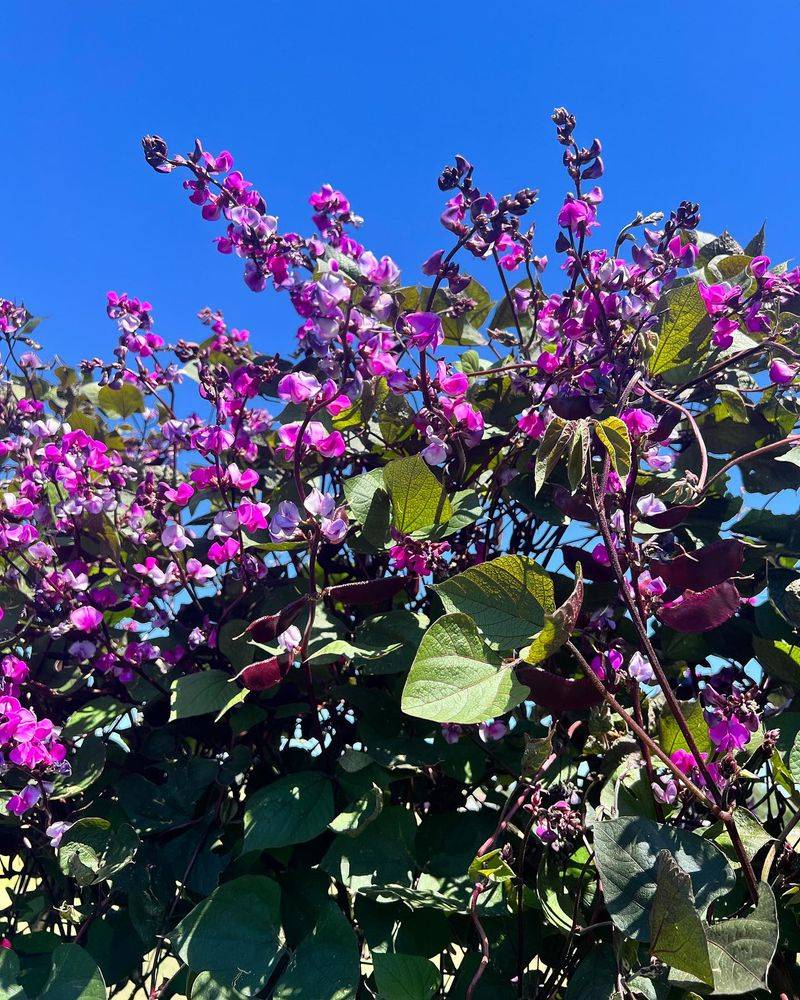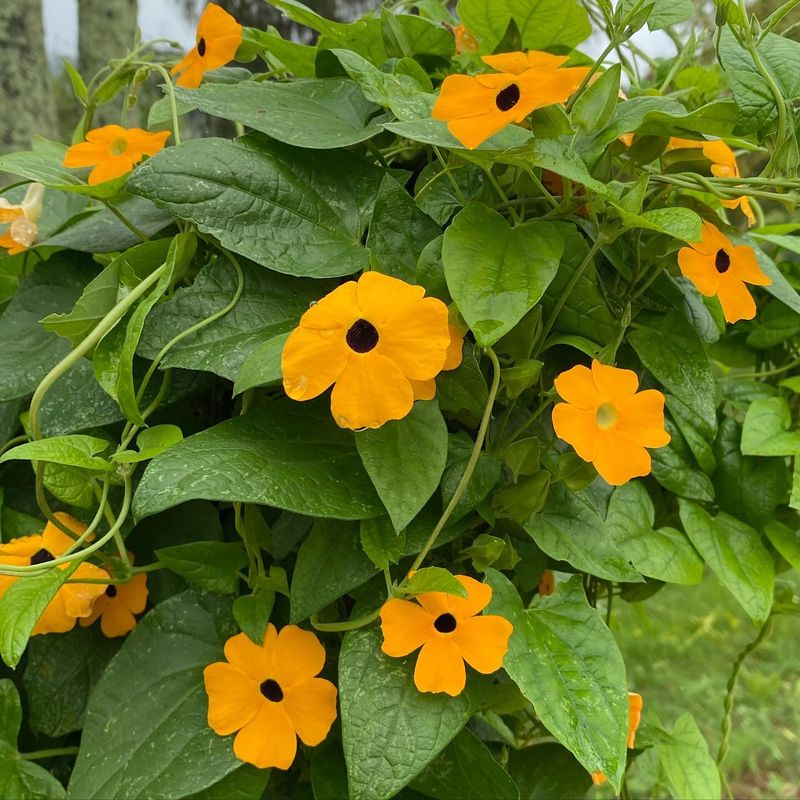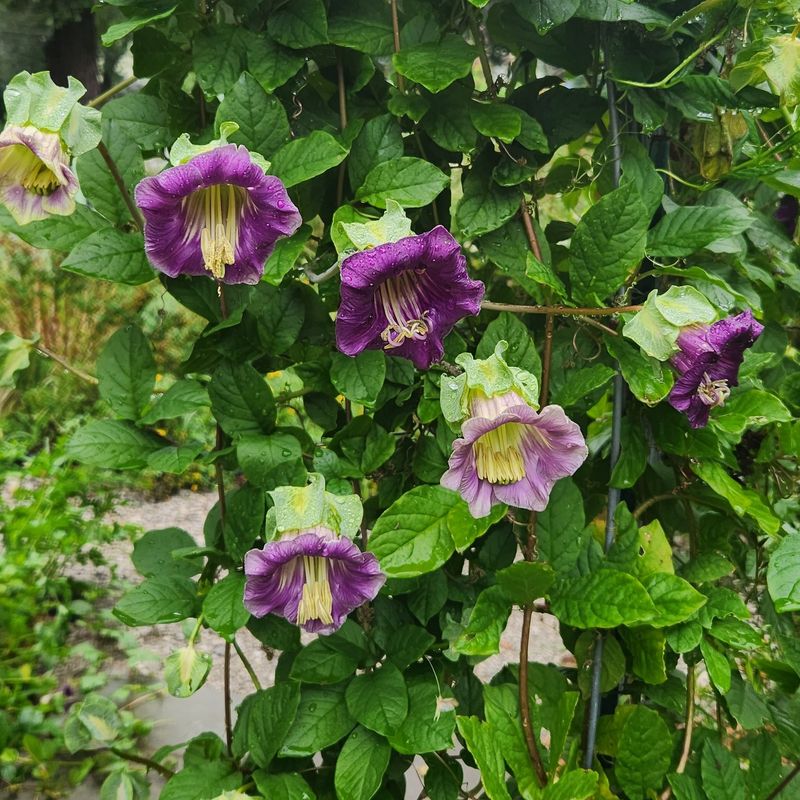Starting vine plants from seedlings can be tempting, but some of them might just end up being more trouble than they’re worth.
I’ve made the mistake of planting a few that quickly overtook everything in sight, leaving me wishing I had chosen differently. If you’re looking for vines that won’t take over your garden, I’ve got you covered with some better options.
These picks won’t just grow beautifully—they’ll also be a lot easier to manage. Let’s skip the headaches and find the perfect vines that will stay in check while still adding charm to your space!
1. Wisteria
The gorgeous cascading purple flowers might tempt you, but starting wisteria from seed is an exercise in extreme patience. Seeds can take up to 20 years to produce those famous blooms, leaving you with just foliage for decades.
Grafted varieties from nurseries will flower much sooner. Additionally, seed-grown wisteria often reverts to wild characteristics, becoming more aggressive and less floriferous than their cultivated counterparts.
2. English Ivy
Deceptively charming in garden catalogs, English ivy seedlings grow frustratingly slow in their first two years. By the time they finally take off, you’ll face an entirely different problem – unstoppable growth that damages structures and chokes out other plants.
This notorious invasive can also harbor pests and diseases. In many regions, it’s even considered an ecological threat, escaping gardens to overtake natural areas and kill mature trees.
3. Trumpet Vine
The flashy orange blooms attract hummingbirds, but seedling-grown trumpet vines test your patience with their slow initial growth. Once established, they transform into garden thugs, sending underground runners everywhere and sprouting where you least want them.
Removing unwanted trumpet vine becomes a years-long battle. The aggressive root system can damage foundations, sidewalks, and underground utilities, making this seemingly innocent seedling a future homeowner’s nightmare.
4. Honeysuckle
Starting Japanese honeysuckle from seed seems like a sweet idea until you realize what you’ve unleashed. Young seedlings develop slowly, often disappointing gardeners in their first season with minimal growth and no fragrant blooms.
Once established, this vine becomes a garden bully, growing up to 30 feet in a single season. The aggressive nature of seed-grown varieties means they’ll quickly overrun fences, trees, and neighboring plants without constant pruning.
5. Morning Glory
Those beautiful blue, purple, or white trumpet flowers hide a gardening headache when grown from seed. Morning glory seedlings are notoriously finicky, often refusing to germinate evenly and requiring specific conditions to thrive.
The bigger problem comes after flowering – each plant produces hundreds of seeds that readily self-sow. Within a season or two, you’ll find morning glory popping up everywhere in your garden, becoming an endless weeding chore.
6. Kudzu
Known as “the vine that ate the South,” kudzu from seed might seem like an interesting experiment until it matures. Initial growth appears manageable, giving gardeners a false sense of security about this notorious invasive.
Once established, kudzu grows at the astonishing rate of up to a foot per day, smothering everything in its path. This aggressive climber can completely engulf trees, abandoned buildings, and anything else standing still, creating a maintenance nightmare you’ll never escape.
7. Boston Ivy
Despite its elegant appearance on college buildings, Boston ivy seedlings frustrate with their slow early development. First-year growth is minimal, and the distinctive leaf shape and fall color take years to fully develop.
When maturity finally arrives, you’ll face aggressive growth that requires constant management. The strong adhesive pads damage paint, mortar, and wood surfaces. Those charming leaves also create perfect hiding spots for mosquitoes and other unwanted pests.
8. Virginia Creeper
The stunning red fall foliage masks Virginia creeper’s problematic nature when grown from seed. Young seedlings grow weakly in their first season, leading many gardeners to plant extras that later become overwhelming.
Once established, this native vine grows with unstoppable vigor, climbing 50 feet or more. The adhesive discs damage surfaces, and the berries attract birds that spread seeds everywhere. Plus, many people develop painful rashes from handling the foliage.
9. Passion Flower
Those exotic-looking blooms lure gardeners into attempting passion flower from seed, but disappointment follows. Seedlings grow painfully slow, often taking two or more years before producing their first otherworldly flower.
When they finally establish, many varieties become garden bullies. Underground runners emerge far from the original plant, creating a spreading network that’s difficult to control. Cold hardiness varies wildly in seed-grown plants, leading to unexpected winter losses.
10. Porcelain Berry
The colorful berries in shades of turquoise, purple, and blue make porcelain berry seedlings tempting. Unfortunately, they grow into one of the most aggressive invasive vines in North America, climbing over 25 feet in a single season.
Birds feast on those pretty berries and spread seeds far and wide. The thick growth can completely smother trees and shrubs. In many regions, growing this Asian vine is now prohibited due to its destructive impact on natural ecosystems.
11. Chinese Wisteria
Even more aggressive than its Japanese cousin, Chinese wisteria from seed creates a double disappointment. First comes the extended juvenile period without flowers, often lasting 10-15 years while you nurture what seems like just a leafy mess.
When maturity finally arrives, the vine’s strength becomes apparent. Stems can grow thick as tree trunks, pulling down structures and strangling trees. The weight of mature vines has been known to collapse pergolas and damage rooflines.
12. Climbing Hydrangea
The elegant white lacecap flowers make climbing hydrangea seem worth the wait, but seedlings test even the most patient gardeners. First-year plants barely grow, and flowering can take 5-7 years or more.
Once established, these heavy vines require substantial structural support. Their aerial rootlets damage wood, brick, and stone surfaces. When they finally reach maturity, climbing hydrangeas can reach 50+ feet, making maintenance challenging without professional equipment.
13. Bittersweet
The bright orange-yellow berries make American bittersweet seedlings appealing, but they grow with disappointing slowness initially. Gender matters too – you need both male and female plants to get those decorative berries.
The bigger problem comes with maturity. This woody vine grows with incredible strength, reaching up to 30 feet and strangling anything in its path. Even worse, it’s often confused with the highly invasive Oriental bittersweet, which aggressively takes over natural areas.
14. Mile-a-Minute Vine
The name tells you everything about this nightmare once it establishes. Early seedling growth seems manageable, but this annual vine quickly lives up to its name, growing up to 6 inches daily during summer months.
The barbed stems tear skin and clothing while making removal painful. Small blue berries ensure birds spread seeds everywhere. In just one season, a single plant can cover hundreds of square feet, smothering everything beneath its triangular leaves.
15. Hardy Kiwi
Growing edible hardy kiwi from seed creates a long wait for fruit – often 5-7 years – with no guarantee of productivity. You’ll need both male and female plants, but seed-grown vines don’t reveal their gender until maturity.
Once established, these vines grow with shocking vigor, putting on 20+ feet annually. The weight can snap arbors, and the aggressive growth requires constant pruning. In some northeastern states, hardy kiwi is now banned as an invasive species.
16. Sweet Autumn Clematis
The fragrant white flowers in late summer seem worth growing sweet autumn clematis from seed. First-year seedlings develop slowly, often showing minimal growth and no blooms, testing gardener patience.
The problems emerge in subsequent years as this vigorous climber takes off. Each plant produces thousands of seeds with fluffy attachments that spread throughout your garden. Before long, you’ll find seedlings popping up in every bed, becoming a persistent weeding chore.
17. Scarlet Runner Bean
Unlike the problematic perennial vines, scarlet runner beans make excellent seedling projects for beginners. These fast-growing annuals sprout within days and quickly climb trellises with their twining stems and attractive foliage.
The brilliant red flowers attract hummingbirds and pollinators all summer. As a bonus, you’ll harvest delicious beans for the kitchen. Even children can successfully grow these vigorous climbers, making them perfect for gardeners wanting quick vertical interest.
18. Hyacinth Bean
With striking purple stems and beautiful two-tone flowers, hyacinth bean seedlings deliver quick gratification. Seeds germinate readily and grow rapidly, reaching 10-15 feet in a single season with minimal care requirements.
The purple seed pods add additional ornamental interest in late summer. This annual vine stays well-behaved without invasive tendencies. In frost-free climates, simply collect seeds at season’s end to replant next year, making this an economical choice for vertical garden color.
19. Black-eyed Susan Vine
Perfect for hanging baskets and small trellises, this dainty vine grows easily from seed with quick results. The cheerful yellow, orange, or white flowers with dark centers appear within weeks of planting, providing instant color satisfaction.
Unlike aggressive perennial vines, this annual climber stays manageable at 4-8 feet. The soft stems won’t damage structures, and the plant has no invasive tendencies. In warm climates, it may self-seed gently without becoming a nuisance.
20. Cup and Saucer Vine
For dramatic flowers from easy-to-grow seedlings, few vines match the cathedral bells vine. The unusual purple-green cup-shaped blooms emerge within months of planting, creating conversation-starting garden features without years of waiting.
This annual climber grows 10-15 feet in a single season with no invasive tendencies. The heart-shaped leaves create an attractive backdrop for the unique flowers. When frost arrives, the plant simply dies back, eliminating any worries about long-term maintenance issues.

